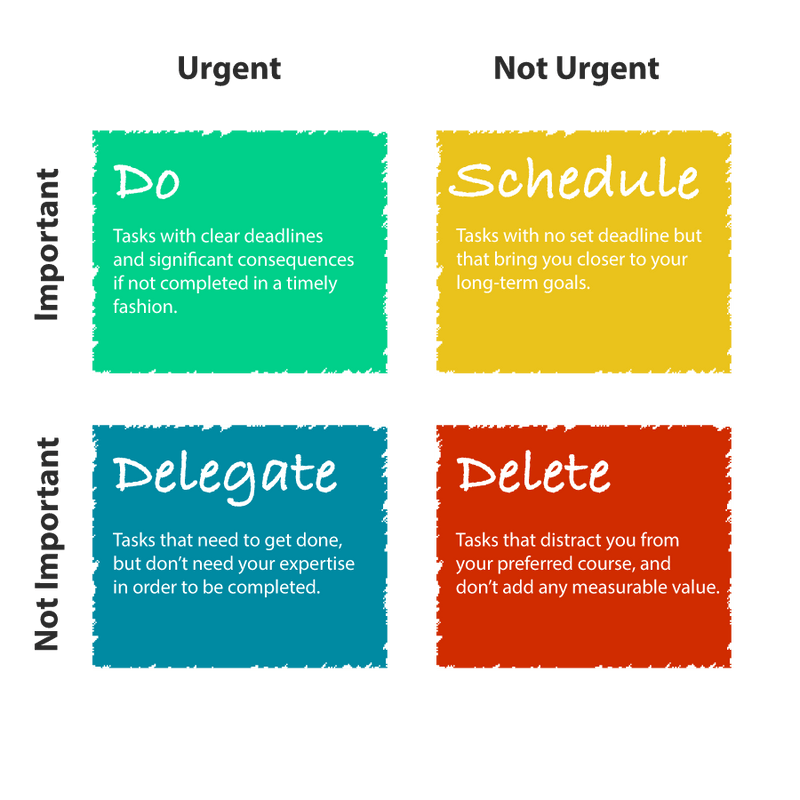FreeRTOS is a popular real-time operating system (RTOS) designed for microcontrollers and small embedded systems. One of its powerful features is the ability to use software timers, which allow developers to schedule tasks to execute after a specified period. This article delves into the intricacies of FreeRTOS software timer priority, exploring how it works, its configuration, and best practices for effective implementation.
Understanding FreeRTOS Software Timers
FreeRTOS software timers are designed to execute callback functions after a specified duration. They are particularly useful for scheduling periodic tasks or one-off actions without needing to create additional tasks.
How Software Timers Work
Software timers in FreeRTOS operate through a dedicated Timer Service Task, often referred to as “Tmr Svc.” This task manages an ordered list of timers and wakes up when a timer expires to execute its associated callback function.
Types of Software Timers
FreeRTOS supports two types of software timers:
- One-Shot Timers: These timers expire once and do not restart automatically.
- Auto-Reload Timers: These timers restart automatically upon expiration, making them suitable for periodic tasks.
Setting Timer Task Priority
The priority of the Timer Service Task can significantly impact the responsiveness of timer callbacks. By default, this priority is often set to 2, which may not be optimal for many applications.
The Importance of Timer Task Priority Impact on System Responsiveness

The priority of the Timer Service Task directly affects how quickly it can respond to timer expirations. If this task has a low priority, it may be preempted by other tasks, leading to increased latency in executing timer callbacks.
Preemption and Scheduling
In FreeRTOS, tasks of equal priority are scheduled using time slices. If a timer task shares its priority with other tasks, it will only run when those tasks yield control. Thus, setting a higher priority for the timer task ensures that it can preempt lower-priority tasks when necessary.
Best Practices for Timer Callbacks
Keep Callbacks Short
Timer callback functions should be designed to execute quickly. Long-running operations within a callback can block other timers and degrade system performance. Instead, callbacks should signal other tasks to perform more complex operations.
Avoid Blocking Calls
Blocking calls within timer callbacks can lead to missed deadlines and unreliable timing behavior. It is best practice to use non-blocking mechanisms or task notifications instead.
Practical Examples
Configuring a One-Shot Timer
Here’s an example of how to create a one-shot timer in FreeRTOS:
TimerHandle_t xMyTimer;
xMyTimer = xTimerCreate(“OneShot”, pdMS_TO_TICKS(1000), pdFALSE, (void *)0, vMyCallback);
xTimerStart(xMyTimer, 0);
In this example, vMyCallback will be executed once after 1000 milliseconds.
Creating an Auto-Reload Timer
For an auto-reload timer that triggers every second:
TimerHandle_t xAutoReloadTimer;
xAutoReloadTimer = xTimerCreate(“AutoReload”, pdMS_TO_TICKS(1000), pdTRUE, (void *)0, vMyCallback);
xTimerStart(xAutoReloadTimer, 0);
This setup will repeatedly call vMyCallback every second.
Advanced Configuration Options
Adjusting Stack Size
The stack size allocated for the Timer Service Task can also affect performance. Developers should configure this based on their application’s needs:
#define configTIMER_TASK_STACK_DEPTH (configMINIMAL_STACK_SIZE * 2)
This setting provides additional stack space for more complex callback functions if necessary.
Using Macros for Flexibility
Developers are encouraged to use macros for configuring priorities and stack sizes. This approach enhances maintainability and allows easy adjustments without modifying core code files directly.
Debugging Timer Issues
Monitoring Latency
When experiencing latency issues with timer callbacks, developers should monitor task execution times using tools like oscilloscopes or RTOS-aware debuggers. This monitoring helps identify bottlenecks caused by low-priority tasks blocking the Timer Service Task.
Testing Different Priorities
Experimenting with different priority settings can yield insights into optimal configurations for specific applications. For instance, increasing the Timer Service Task priority often results in improved responsiveness across all timers.
Conclusion
FreeRTOS software timers offer precise control in embedded applications. Developers can boost system responsiveness and reliability by understanding and setting timer priorities. Using best practices for callbacks and monitoring performance ensures smooth operation and timing. By using FreeRTOS software timer priority, developers can create robust, real-time apps. They can tailor these apps to their needs.




